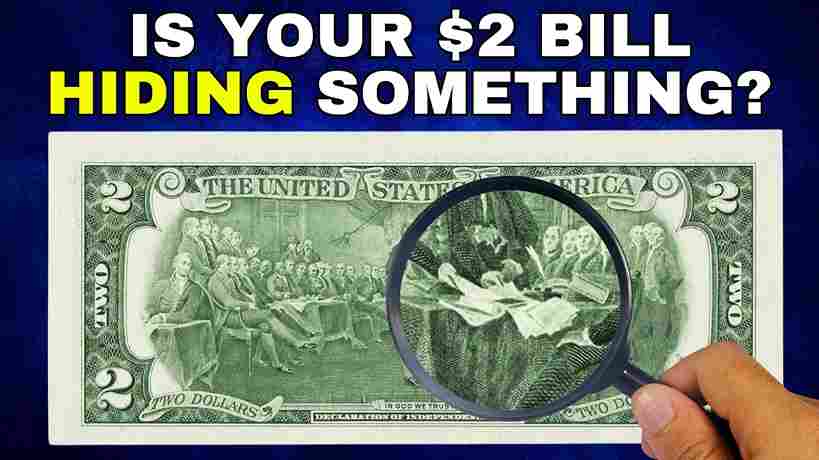Old $2 Bill Most of us rarely see a $2 bill, and when we do, we hide it in a drawer or wallet, thinking it’s just an ordinary note. But what if that ordinary-looking $2 bill is actually worth hundreds or thousands of dollars?
Before you spend or give away your $2 bill, here’s what you need to know to determine if it’s a valuable collectible.
Value Rise: Not Just Change Old $2 Bill
Although the U.S. Treasury still prints $2 notes, there are far fewer of them in circulation than other denominations. This low visibility makes $2 notes rare—which, combined with collector demand, makes some versions extremely valuable.
Some notes have recently been sold or auctioned for prices ranging from $500 to $4,500, depending on their serial number, year of issue, printing errors, and overall condition. In fact, a $2 note from 2003 with a rare serial number sold for more than $2,400 online.
What makes a $2 bill valuable?
Not every $2 bill will make you rich, but certain characteristics can dramatically increase its collectible value. Pay attention to these things:
1. Low serial number
If your note’s serial number begins with several zeros—such as “00000004”—that’s a major indicator of rarity. Collectors especially look for notes with numbers lower than “00001000.”
2. Repeater or radar serial number
Repeater numbers repeat a sequence (for example, 12121212).
Radar numbers look the same from the front and back (for example, 12344321).
These fun, symmetrical patterns are considered lucky and collectible.
3. Star note
A star note replaces a misprinted note and has a little star ★ at the end of its serial number. These are printed in small quantities and are in high demand.
4. Uncirculated condition
Crisp, clean, brand new notes that have never been folded or used are more valuable than circulated notes.
5. Old series
Notes from older years like 1928, 1953 or 1976 can be worth far more than face value—especially if they’ve been kept in good condition.
What Are Collectors Actually Paying?
To give you a sense of real-world prices, here are some recently sold examples of valuable $2 bills:
| Description | Sale Price |
|---|---|
| 2003 $2 bill with serial number “00000024” | $2,400 |
| 1976 uncirculated star note | $500+ |
| Repeater serial number $2 bill | $1,200+ |
| Pack of 100 consecutive $2 bills (uncut sheet) | $4,000+ |
How to tell if your $2 bill is valuable
Do you have a $2 bill and want to know if it’s worth more than pocket money? Follow this checklist:
Check the serial number
Look for patterns, low numbers, or star symbols.
Check the series year
Notes from previous decades are usually more valuable.
Evaluate the condition
The cleaner and cleaner the note, the more it’s worth.
Search online marketplaces
Compare listings on eBay, Heritage Auctions, or U.S. Currency Auctions.
Get a professional appraisal
If your note seems rare, have a currency expert or dealer assess its market value.
Should you spend or save that $2 note?
In many cases, a $2 note is worth exactly $2—but not always. If you’ve been hoarding them or you’ve found a note with a missing serial number, a red stamp, or in really good condition, it’s a good idea to do a little research before you trade it in.
Some $2 notes sell for thousands of dollars at auction, so taking the time to check them out could net you a big buck.
Pro tip: Keep potentially valuable $2 notes in protective wrapping to keep them in good condition. Avoid folding them or writing on them.
